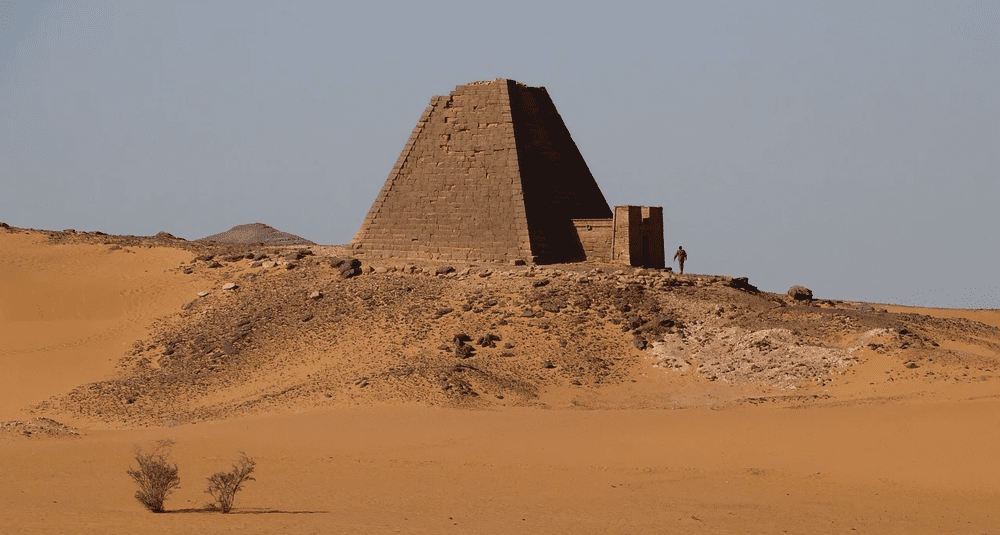What is the capital of Sudan?
Last Updated:
Khartoum, the capital of Sudan, is a dynamic metropolis located at the confluence of the Blue and White Niles, where the two rivers join to form the Nile. This strategic geographical position has shaped its historical, economic and cultural development.
The city of Khartoum is often seen as an urban triad made up of three distinct zones. Khartoum itself is the administrative and political center, housing the main government institutions. Omdourman, located on the west bank of the White Nile, is the country’s largest city and an important cultural center. Finally, Bahri, also known as Khartoum-North, lies to the north of the confluence and represents a strategic industrial zone.
This configuration makes Khartoum a complex and extensive conurbation, with a combined population of over five million.
Founded in 1823 by the Egyptians during their conquest of Sudan, Khartoum quickly grew from a military post to a prosperous city. It was the scene of many historic events, including the Mahdist revolt at the end of the 19th century, which led to the capture of the city in 1885. Recaptured by the British in 1898, Khartoum was rebuilt and once again became the administrative capital of Sudan.
As the economic center of Sudan, Khartoum is home to a variety of industries, including textiles, food processing and construction. The city is also a hub for banking and financial services. Trade flourishes here, with bustling markets such as the Omdourman souk, one of the largest in the country.
Khartoum is a major cultural center, with several museums, theaters and educational establishments. The University of Khartoum, founded in 1902, is one of the oldest and most prestigious in Africa. The city is also known for its dynamic music scene, particularly when it comes to traditional Sudanese music.
Despite its size, Khartoum faces a number of challenges. Rapid population growth puts pressure on urban infrastructure, leading to problems such as traffic congestion and inadequate public services. In addition, political tensions and internal conflicts in Sudan sometimes have a direct impact on the city’s stability and security.
Khartoum, with its rich history and strategic position at the confluence of the Blue and White Niles, remains the beating heart of Sudan. Its role as a political, economic and cultural center makes it an essential city for understanding the country’s dynamics. However, the challenges it faces require sustainable solutions to ensure its harmonious development and the quality of life of its inhabitants.
You may also be interested in
geography

What is the capital of Sudan?
Answer
Khartoum is the capital of Sudan, located at the confluence of the Blue and White Niles. Founded in 1823, it is the country's political, economic and cultural center.